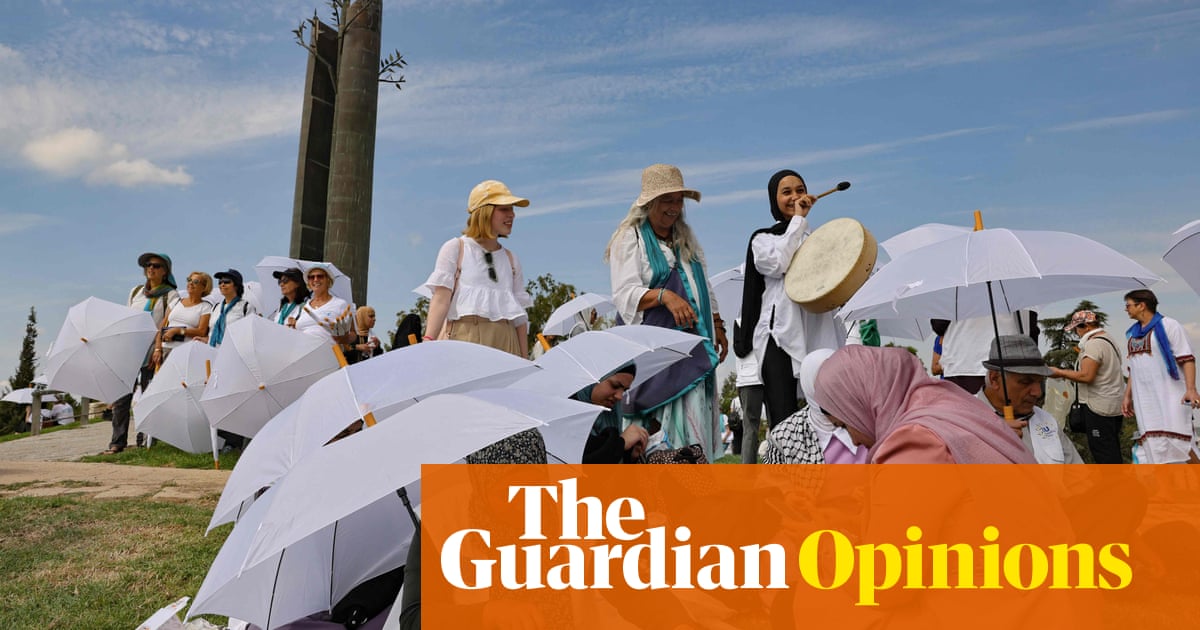
DHAHRAN: The cover portrait of a young woman — stained with colors, smiling and unrecognizable — at a Holi festival, encapsulates what the author believes a secular India should look like. Indeed, renowned writer, critic, literary historian and cultural commentator Rakhshanda Jalil’s latest book on being a Muslim in contemporary India hits home on many accounts.
The book consists of 40 essays on the Indian-Muslim identity, examined through a political, cultural, literary, and religious lens. The book opens with a casual statement, which can be delivered in tones ranging from surprise to approval.
“Oh, but you don’t look like a Muslim.”
Jalil goes on to explain how living in Delhi — through school, university, at the workplace, and in social situations — she has been subjected to a patronizing compliment that insinuates that is she is ‘normal,’ and — by extension — qualified to be considered as ‘belonging.’ The demonization and misrepresentation of Muslims in films and popular culture has birthed a narrative that often equates Indian Muslims with anti-nationalism. So much so that even something as simple as an appreciation for Urdu literature and cheering an India-Pakistan cricket match becomes a political discourse.
Jalil says that there is no duality: “I am a Muslim and an Indian, in no particular order. I am both,” she writes. She sees no reason to be either embarrassed or defensive of her religious identity. She explains that Indian Muslims fall into different spectrums, marked by regional, ethnic, social, and linguistic differences. But the entire community suffers as a result of stereotyping and alienation.
In four chapters — The Politics of Identity, The Matrix of Culture, The Mosaic of Literature, and The Rubric of Religion — Jalil addresses shared issues: Why, for example, the Muslim League’s demand for a separate homeland did not appeal to some Muslims and why some (like her grandfather, Ale Ahmad Suroor) chose to put their faith in a new secular nation. Or whether religiosity can be linked to external indicators, be it the hijab or the turban.
In other chapters, she recounts times when communal harmony prevailed and inclusion was the norm, rather than an exception.
And Jalil’s book is just as relevant to the Indian diaspora 3,000 kilometers away from the subcontinent as it is to communities within India. Can we — and should we — delineate identity?












